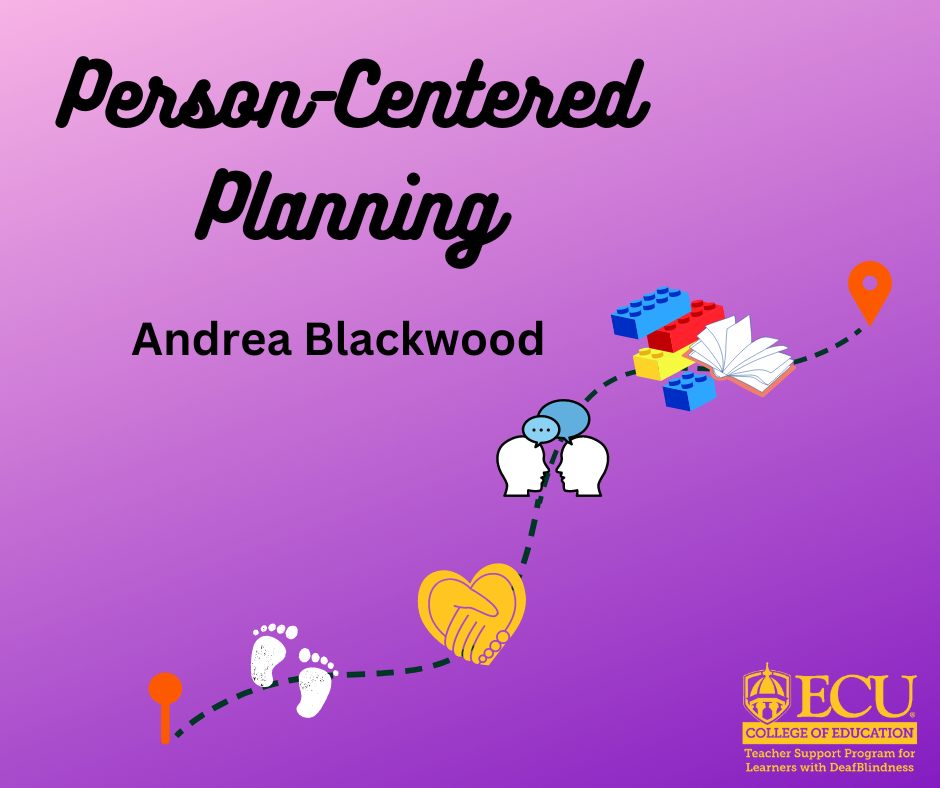
Envision the best life possible for everyone. A world where ALL are valued for their contributions and gifts, a community where people with disabilities can live their best lives? Everyone makes plans. Individuals with disabilities are no different. Person-centered planning (PCP) is grounded in the idea that every person has a purpose and contributes to their community. It is a way to ensure that everyone has a life plan that can help make these things happen. It is a valuable tool that can be used in a variety of ways to assist in meaningful educational and life planning using a holistic approach for learners of all ages.
A person-centered plan can help those involved with the focus person see the total person, recognize his or her desires and interests, and discover completely new ways of thinking about the future of the person.” Beth Mount & Kay Zwernik, 1988
Traditionally, transition planning for individuals with disabilities has focused on weaknesses rather than strengths. Person-centered planning shifts the focus from a deficit-based to a strength-based approach. It focuses on the individual and their family to know what they want and need. It is a plan that recognizes an individual’s strengths, gifts, talents, and skills to determine how a system or services can fit the individual instead of how the person can fit into various services.
The purpose of person-centered planning is:
To determine the plan of action for enabling an individual to live to their fullest potential.
To assist the focus person to be an advocate for the direction of their life.
To increase opportunities for participation in the community.
To recognize individual desires, interests, and dreams.
Through a team effort, develop a plan to turn dreams into reality.
Through a series of Maps, a personal picture of the learner goes beyond the typical reports and assessments to yield valuable information. Typical Maps to include in a person-centered planning session include History, Who is, Choice, Relationship, Communication, Dreams/Fears, Typical and Ideal Day, and Needs Maps. These Maps are used to determine action steps for an individual’s family and team for life planning.

The PCP session can occur at any time in an individual’s life. It is especially helpful to complete prior to times of transition in a person’s life, such as preschool to school age, elementary to middle school, middle to high school, or high school to post-graduation, etc. The information provided as a result of the person-centered plan can be an effective tool in helping to create the transition plan.
Remember, this is the beginning of a process that continues throughout a lifetime. A PCP is a living document, that will likely evolve over time!
Check out these resources to learn more about person-centered planning.
ECU Mast Modules
https://mast.ecu.edu/Person%20Centered%20Plans%20for%20Education/Introduction/index.html
To learn more about person-centered planning or to schedule a session for a learner with DeafBlindness contact the ECU Teacher Support Program for Learners with DeafBlindness.
Andrea Blackwood ECU Technical Assistant Coordinator
ECU Teacher Support Program for Learners with DeafBlindness

